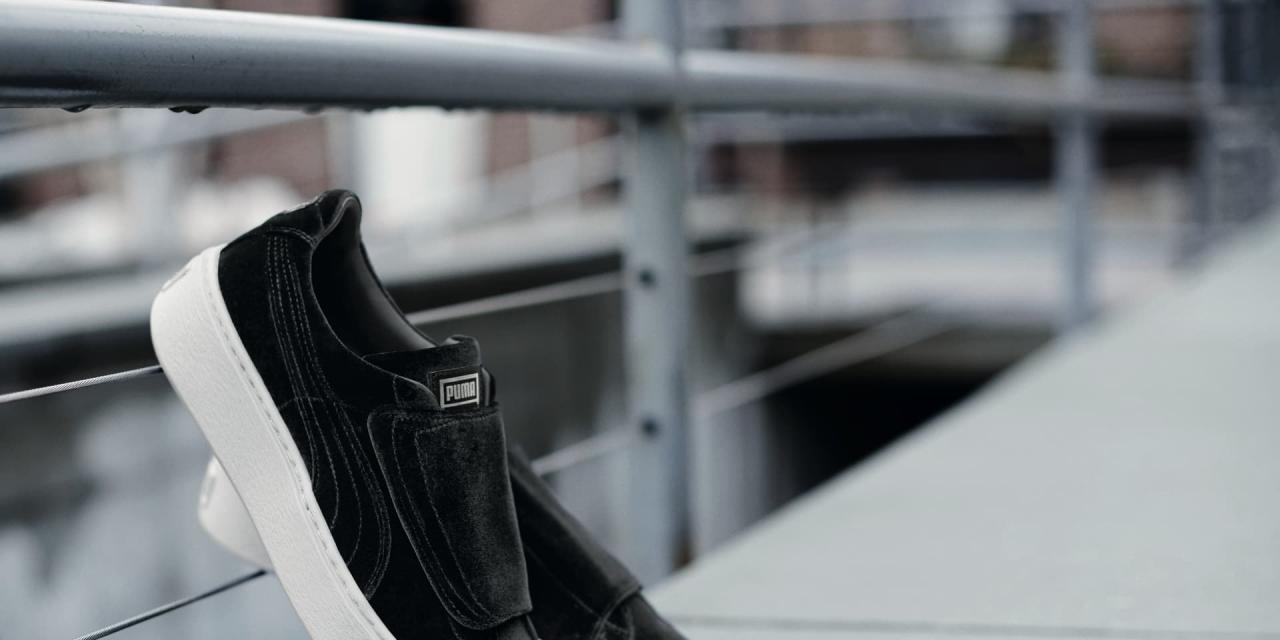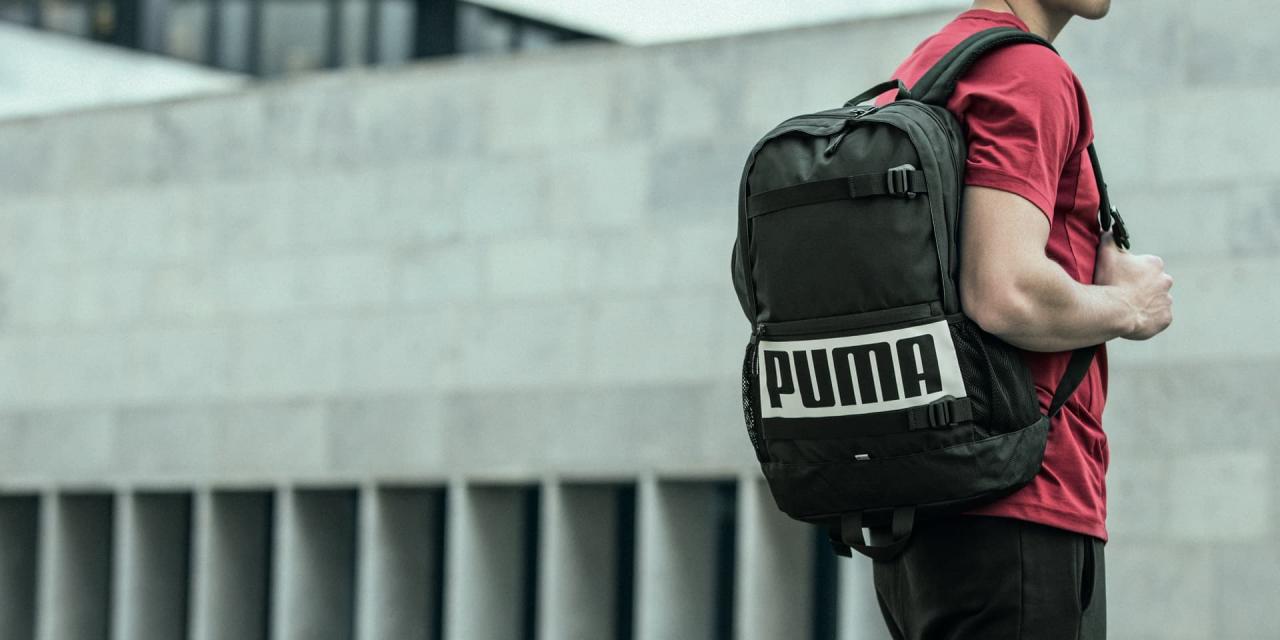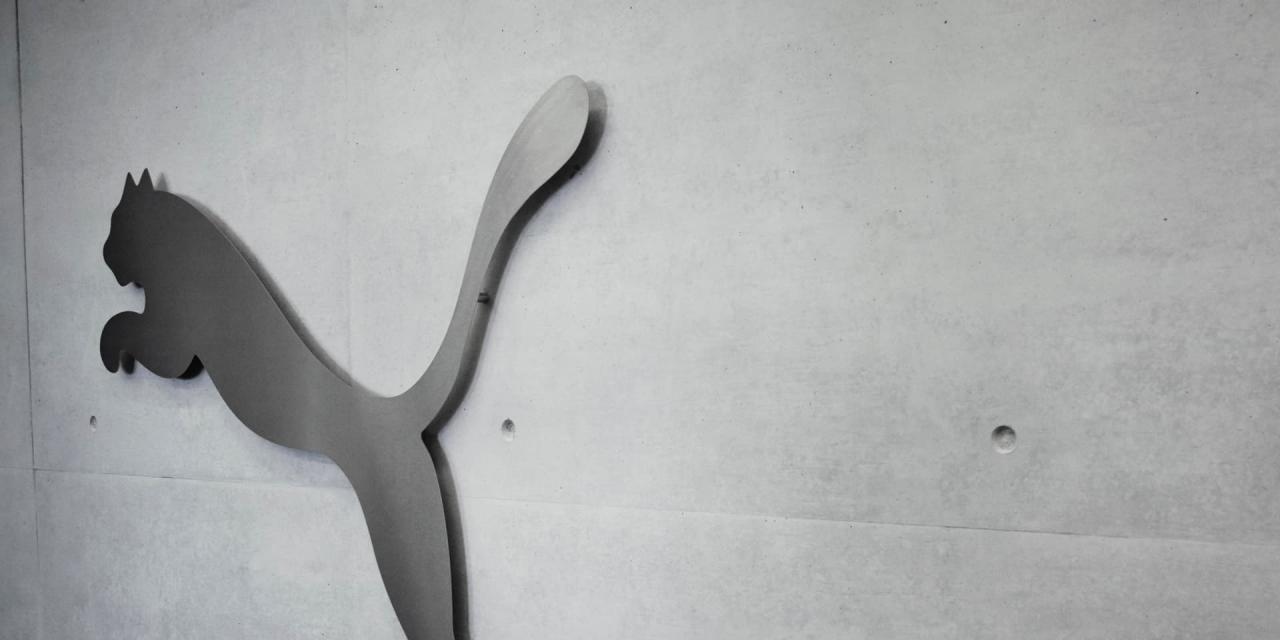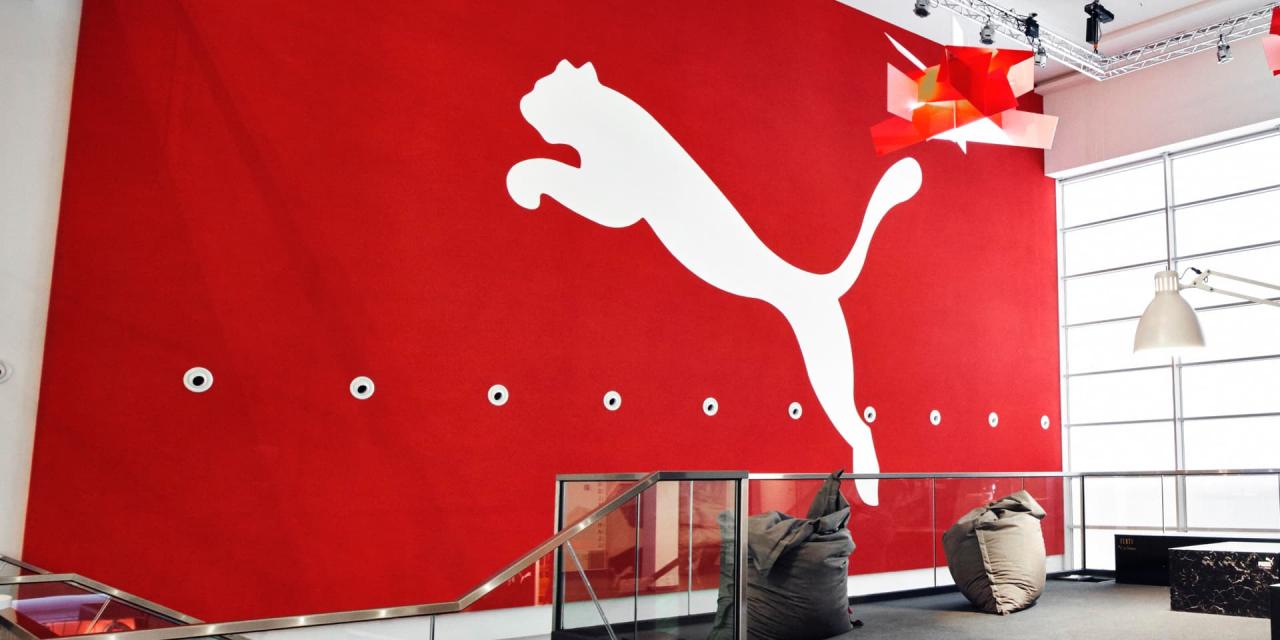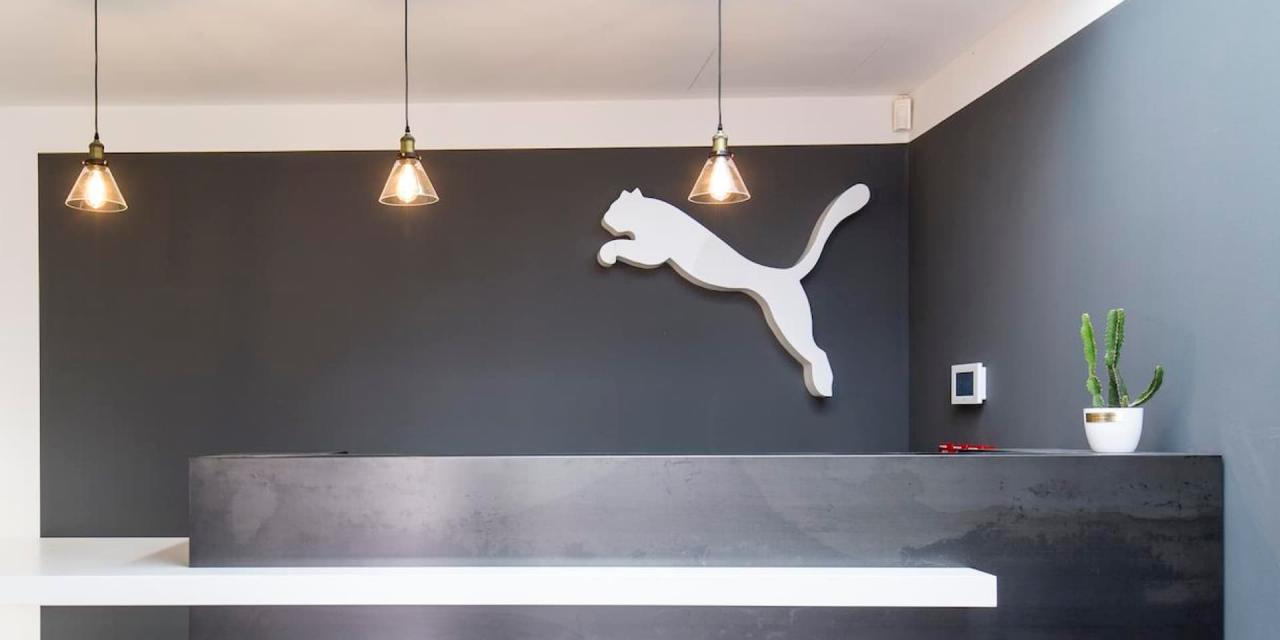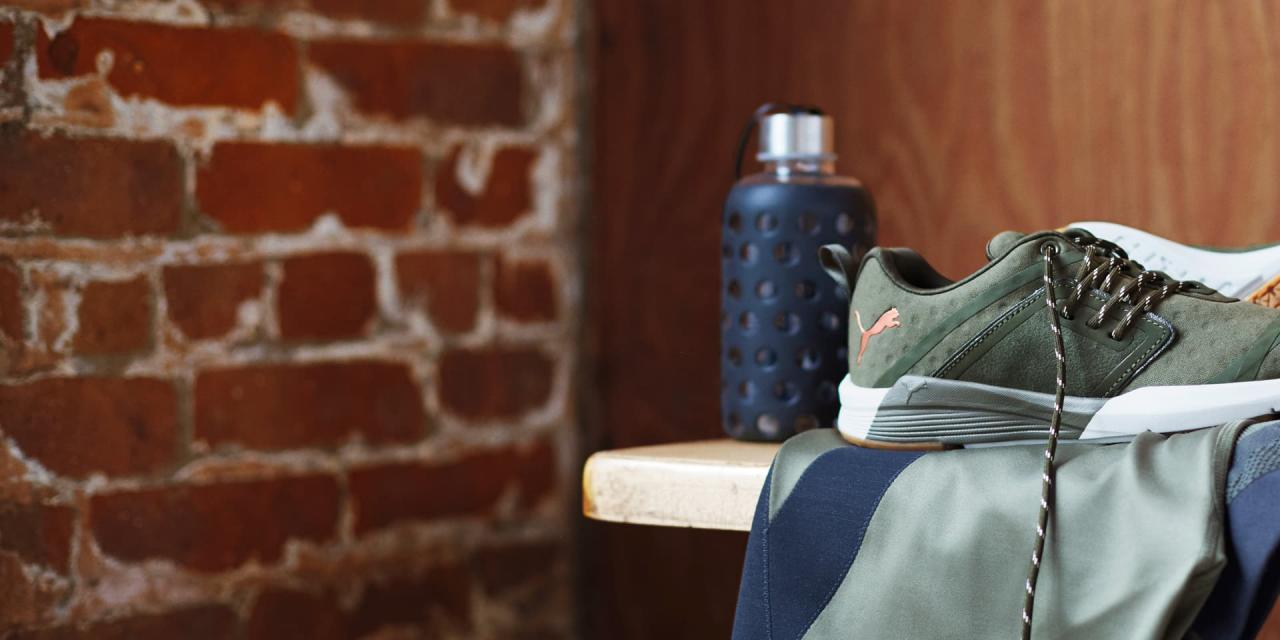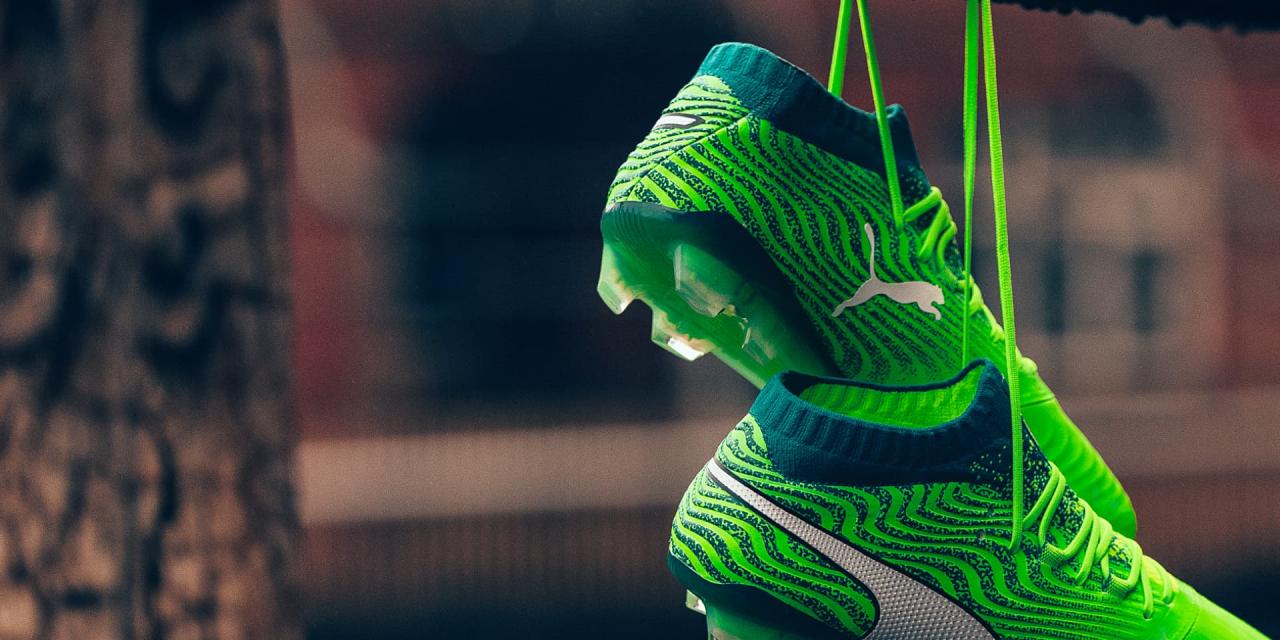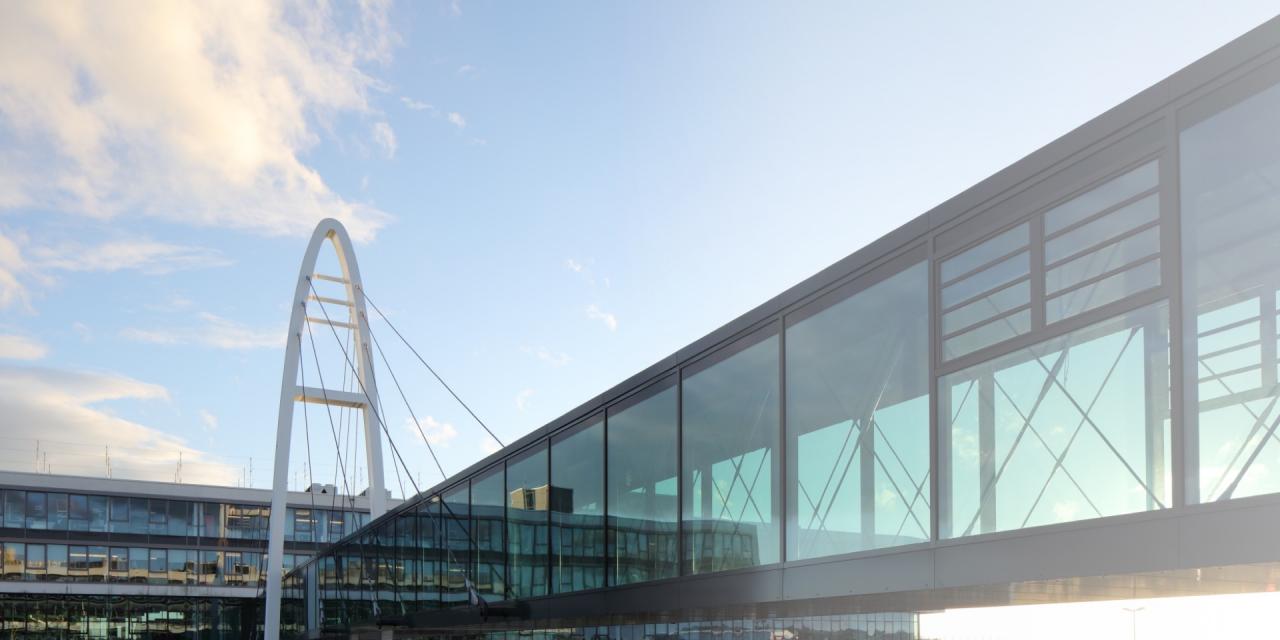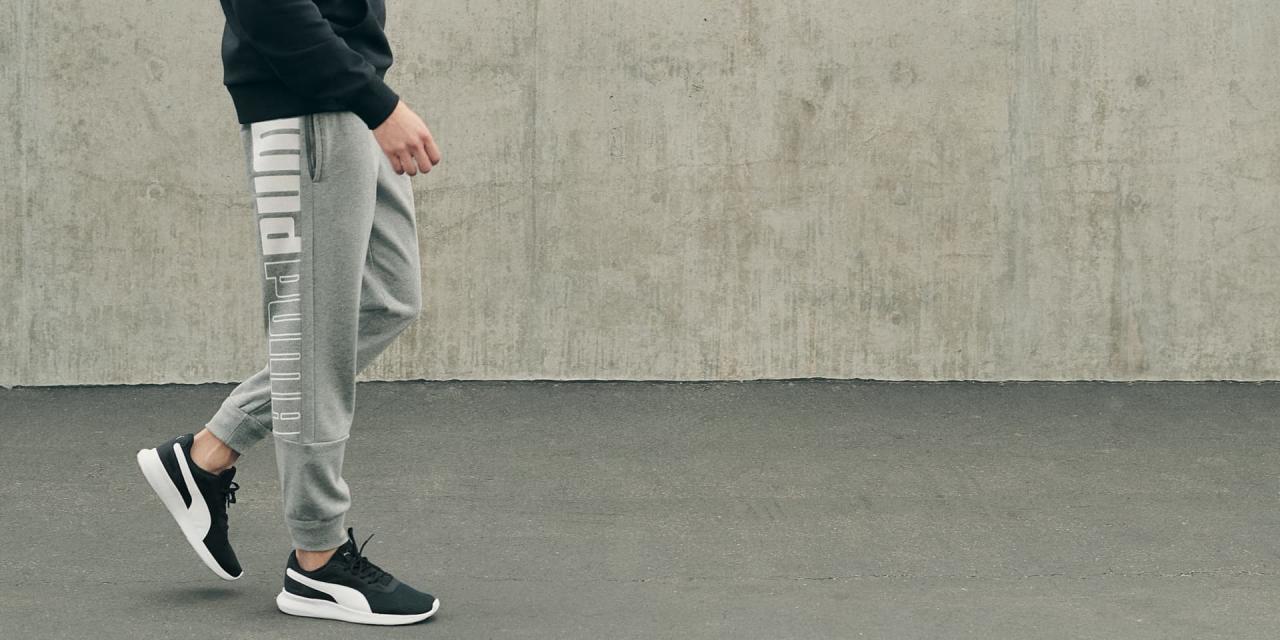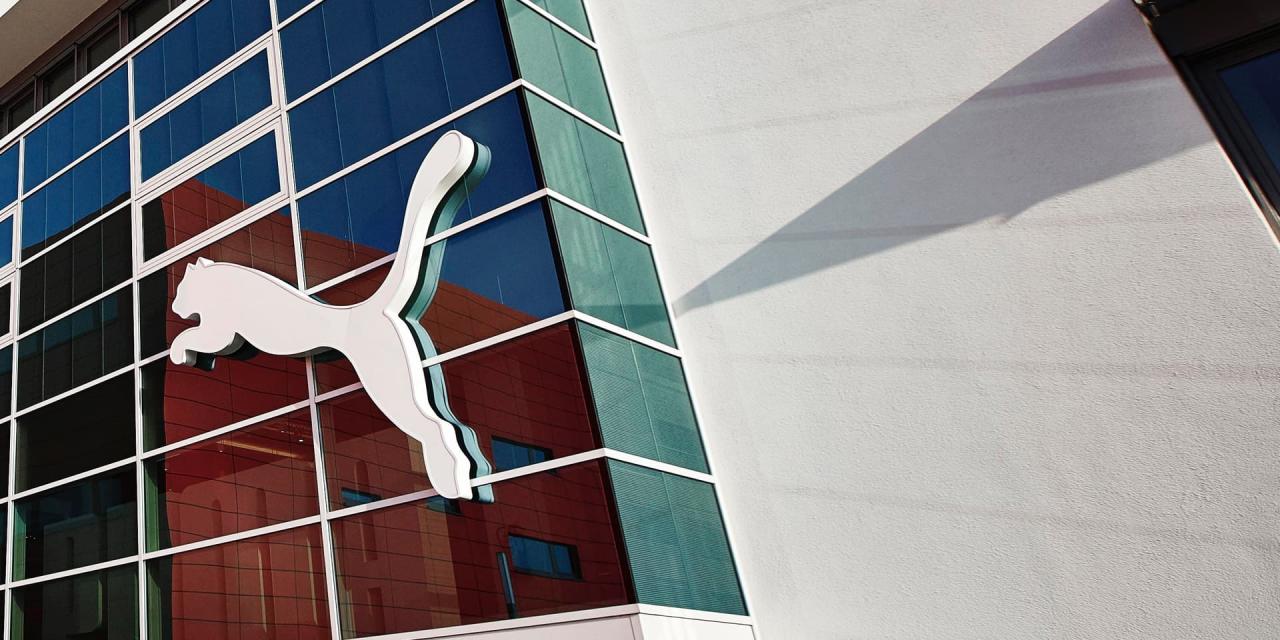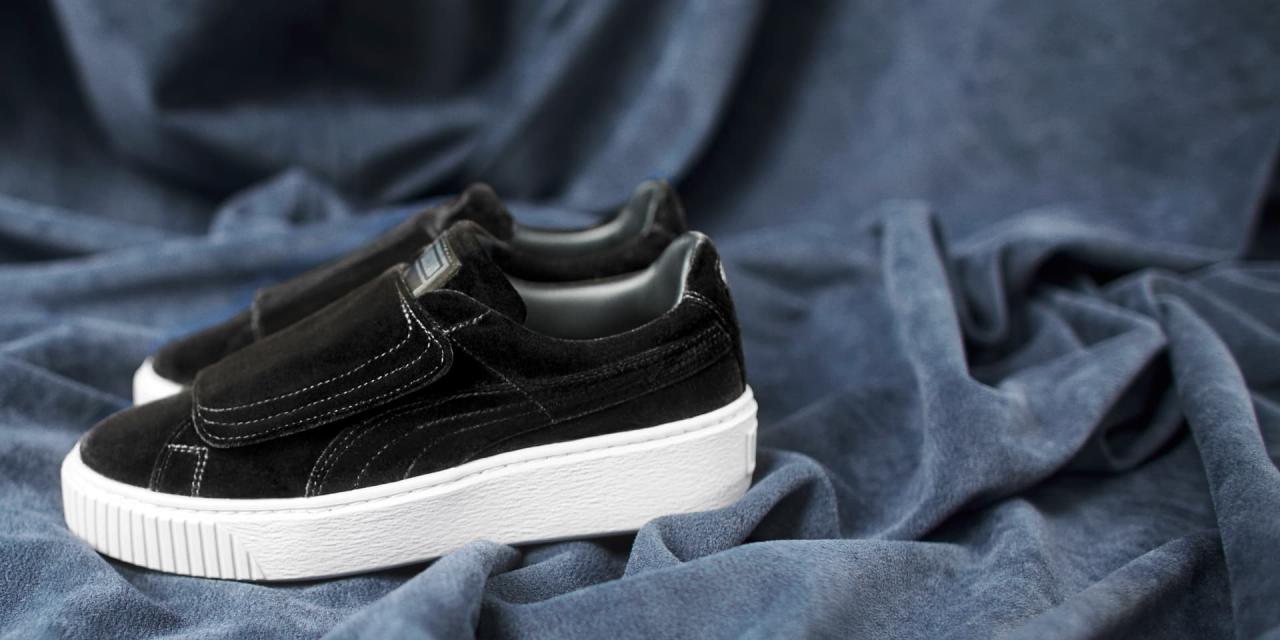
Highlights Q4
- Consolidated sales increase more than 10%
- Gross profit margin on a high level
- EBIT up 21%
- EPS at € 2.40 versus € 2.03
Highlights January – December
- Global brand sales increase more than 3%
- Consolidated sales up almost 5%
- Gross profit margin increases significantly to more than 52%
- EBIT at € 372 million, representing 15.7% of sales
- EPS at € 16.80 compared to € 16.39
Outlook 2008
- Future orders up almost 10%
- Management expects sales and earnings increase in 2008
The year 2007 was a year with only a few events. Nevertheless, most of the targets set were reached and even exceeded in many areas. The Company successfully strengthened its positioning as a desirable sportlifestyle brand, which is as well reflected in the improved gross profit margin.
In 2007, worldwide brand sales were up 3.4% currency adjusted, amounting to € 2.7 billion. On a comparable basis, consolidated sales climbed by 4.7% to € 2.4 billion. The gross profit margin jumped by 170 basis points to over 52%, and operating profit was above last year’s, totalling € 372.0 million. Earnings per share increased from € 16.39 to € 16.80.
Highlights 4th Quarter 2007
In Q4, consolidated sales increased significantly by 10.3% to € 504.5 million on a currency-adjusted basis. Footwear rose by 7.0% to € 277.2 million, Apparel by 14.8% to € 194.7 million and Accessories by 14.0% to € 32.6 million. By regions, EMEA sales increased by 19.9% and Asia/Pacific went up by 14.3% whereas sales in the Americas decreased by 3.3% as expected.
The gross profit margin was at 51.6% 390 basis points up from last year’s quarter. SG&A increased from 38.7% to 40.3% of sales. EBIT rose significantly by 20.7% to € 52.4 million and earnings per share from € 2.03 to € 2.40.
Highlights January – December 2007
Global brand sales growth of more than 3%
PUMA brand sales rose currency-adjusted by 3.4% to € 2.7 billion. Due to the continuing weakness of currencies, particularly of the US Dollar, brand sales in Euros were slightly below last year’s level. By segments, Footwear sales climbed on a comparable basis by 1.9% to € 1,477.9 million, Apparel by 5.7% to € 998.7 million, and Accessories by 3.7% to € 262.2 million.
Licensed business
License sales declined by 3.8% to € 365.3 million on a currency neutral basis. The decrease is attributable to expired licence agreements. On a comparative basis, licence sales rose by approximately 4%. As of 2008, the Korean market will be serviced through the fully-owned subsidiary and will therefore be converted from a licence business into a consolidated business.
Overall, royalty and commission income from license sales amounted to € 35.6 million. This corresponds to 9.7% of license sales compared to 9.6% in the previous year.
Consolidated sales up almost 5%
PUMA succeeded in increasing its consolidated sales for the thirteenth consecutive year, including ten years of double-digit growth. In the 2007 financial year, currency adjusted sales rose by 4.7% to a total of € 2,373.5 million. Currency effects impacted negatively in Euro terms. The currency adjusted sales in the Footwear segment posted a 2.1% increase to € 1,387.8 million. The Apparel segment grew by 8.6% to € 827.3 million. In the Accessories segment sales were up by 7.8% to € 158.3 million.
Expansion of own retail operations is on schedule
Expansion of the Group’s own retailing activities progressed as planned during the 2007 financial year. An additional 25 PUMA concept stores were opened worldwide in 2007, resulting in 116 concept stores at the end of 2007, including two stores operated by licensee. Sales from the Company’s own retail operations grew by 18.0% to € 406.4 million in 2007. The share in consolidated sales rose from 14.5% to 17.1%.
Significant increase in gross profit margin
The desirability of the brand is reflected, in particular, in the gross profit margin. In FY2007, the gross profit margin grew strongly by 170 basis points to 52.3%. In absolute figures, gross profit was up by 3.5%, rising to € 1,241.7 million. According to product segments, the Footwear gross profit margin increased from 50.3% to 52.3% and Apparel from 50.7% to 52.2%. Accessories reached a gross profit margin of 52.8% versus 53.3%.
Investments in the brand continue as planned
Operating expenses rose by 3.5% to € 859.2 million in the 2007 financial year. The cost ratio increased from 35.0% to 36.2% of sales owing to continued scheduled brand investments and infrastructure investments.
Investments in Marketing/Retail totalled € 424.9 million. The cost ratio rose from 17.7% to 17.9% of sales, whereby marketing expenses declined in comparison with the previous year while expenses incurred for retail operations saw a scheduled increase. Product development and design expenses climbed to € 57.5 million, and at 2.4% of sales, remained constant in comparison with the previous year. Other selling, general and administrative expenses rose to € 376.7 million or from 14.9% to 15.9% of sales. The total includes one-off expenses and start-up costs for the new subsidiary in Korea.
EBIT above last year
Operating profit (EBIT) climbed to € 372.0 million from € 368.0 million in 2006. As a percentage of sales, this corresponds to an operating margin of 15.7%, compared to 15.5%.
Like-for-like, the financial result increased strongly from € 6.0 million to € 10.5 million. The financial result includes interest income of € 21.2 million and interest expenses of € 5.3 million. The net interest result corresponds to an average rate of return of 3.9%, compared to 3.1% in the previous year.
Earnings before taxes (EBT) reached € 382.6 million versus € 374.0 million in the previous year. As a percentage of sales this corresponds to a return of 16.1%, compared to 15.8%.
Tax expenses rose to € 110.9 million. The average tax rate was 29.0%, compared to 28.9% in the previous year.
Net Earnings
Net earnings improved by 2.2% to € 269.0 million. This corresponds to a net return of 11.3%, compared to 11.1% in the previous year. Earnings per share amounted to € 16.80, compared to € 16.39, and the diluted earnings per share were € 16.78, compared to € 16.31.
Net Assets and Financial Position
Equity ratio at 62%
As of December 31, 2007 shareholders’ equity rose by 10.1% to € 1,154.8 million. The equity ratio reached 62.0% after 61.2% in the previous year. The balance sheet total climbed by 8.6% from € 1,714.8 million to € 1,863.0 million.
Working Capital
Trade receivables grew by 4.2% to € 389.6 million due to the sales increase in the fourth quarter (+5.0%). Inventories increased by 2.6% to € 373.6 million. The increase is attributable to the order position for deliveries in the first months of the 2008 financial year. The inventory structure was improved significantly in the course of the year, as previously announced. Taking short-term liabilities into account, working capital was € 406.5 million and accounted for 17.1% of sales, after 16.9% in the previous year.
Capex/Cashflow
Cash used for investing activity dropped significantly to € 93.5 million. The decrease is due mostly to the cash used for regional expansion recorded in the previous year. The expansion of PUMA’s own retail operations and current investments account for € 103.4 million, according to plan.
The free cashflow (before acquisition) grew strongly by 138.3% to € 218.3 million. As a percentage of sales, the free cashflow more than doubled from 3.9% to 9.2%.
Regional Development
In spite of the fewer events in 2007 compared to the previous year, solid growth was achieved in the EMEA region. The currency adjusted sales rose by 7.8% to € 1,235.3 million. Nearly all countries in this region contributed to the growth. The EMEA region’s share in consolidated sales rose to 52.0%, compared to 48.9% in the previous year. By product segments, Footwear sales increased by 5.6%, Apparel by 11.6%, and Accessories by 7.4%, on a comparative basis. The gross profit margin reached 53.9% after 53.8% in the previous year. The operating margin (EBIT) accounted for 21.2% of sales, compared to 22.0% in the previous year.
Currency adjusted sales in America declined by 4.3% and amounted to € 641.2 million. The share in consolidated sales decreased from 30.6% to 27.0%. This is largely related to adaptation of the business with a key account customer in the USA, who in the past years had recorded strong growth in sales, and a constant moderate environment in US shopping centers (malls). As a result of these developments, the US market, which is the largest in the region, declined after several years of double-digit growth; in 2007 currency-adjusted sales decreased by 9.5% to a total of USD 561.1 million.
According to product segments in the region, Footwear posted a 5.7% decrease and Apparel declined by 2.6%. Sales in Accessories were up by 11.4%. The gross profit margin grew from 46.1% to 50.7% owing to a significant improvement in the USA. Realization of the announced streamlining of the distribution structure thus impacted very positively on the gross profit margin. The operating margin was 17.6%, compared to 17.4% in the previous year.
In the Asia/Pacific region, currency adjusted sales grew significantly by 10.1% to € 497.0 million. China, in particular, contributed to this positive result. Total region increased its share in consolidated sales from 20.5% to 20.9%. According to product segments, Footwear showed a currency adjusted increase by 11.3%, Apparel by 10.0%, and Accessories by 6.1%. The gross profit margin increased from 49.8% in the previous year to 50.6%. The operating margin was 20.4%, compared to 21.9% in the previous year.
Dividend
For financial year 2007, the Board of Management and the Supervisory Board will propose at the Annual Meeting on April 22, 2008 that the dividend be increased by 10% to € 2.75 per share. Hence, the dividend pay-out ratio moved up from 15.2% to 16.3%, in line with the announced gradual increase during the Phase IV.
In January and February 2007 the Company repurchased a total 150,000 treasury stock or 0.9% of the subscribed capital. The acquisition costs totalled € 41.6 million. With effect from April 10, 2007, the total of 1,270,000 own shares held up to that time were cancelled.
Based on a resolution of the Shareholders’ meeting of April 11, 2007, the Company was again authorized to acquire own shares of up to ten percent of the capital stock by September 1, 2008. The Company made use of this authorization and repurchased a total of 125,000 PUMA shares, or 0.8% % of the subscribed capital, up to the balance sheet date. The amount invested to this end totals € 34.7 million. The share buy back program will be continued in 2008.
Outlook 2008
Significant increase in orders
For the twelfth consecutive time, orders on hand posted growth as of the year-end. At year-end 2007, orders climbed currency adjusted by 9.8% to € 1,187.7 million, due mostly to deliveries for the first and second quarter of 2008.
By product segments, currency adjusted orders for Footwear went up by 4.7% to € 721.1 million, Apparel orders climbed by 19.9% to € 397.7 million, followed by Accessories, which rose by 13.6% to € 68.9 million.
In the EMEA regions, currency adjusted orders were up by 10.2% to € 712.0 million. Orders in the America region dropped by 3.2% to € 241.3 million on a comparable basis. The decrease is due exclusively to the US market. Orders in the Asia/Pacific region rose by 26.0% to € 234.4 million due to a significant increase in the Chinese market, in particular.
Sales and profit increase expected in 2008
Due to the positive orders position, Management expects a currency adjusted single-digit sales growth for the fiscal year 2008.
EBIT is also expected to increase compared to 2007. The operating margin, however, is expected to fall below previous year’s level because of the major sports events and related marketing expenses as well as planned further expansion of the Company’s own retail activities. The tax rate is expected to be at last year’s level.
Jochen Zeitz, CEO: “Although PUMA faced a challenging year, we did not only meet most of our expectations in 2007, but even exceeded them in many points. PUMA had an excellent and successful start into the extraordinary sports year 2008 by winning the African Cup of Nations through Egypt’s win, securing a strong brand visibility on the pitch as the leading equipment supplier. We are determined to make use of all opportunities and chances that offer further growth and we will continue to invest and to strengthen the brand’s as well as the company’s desirability in the long run.”
